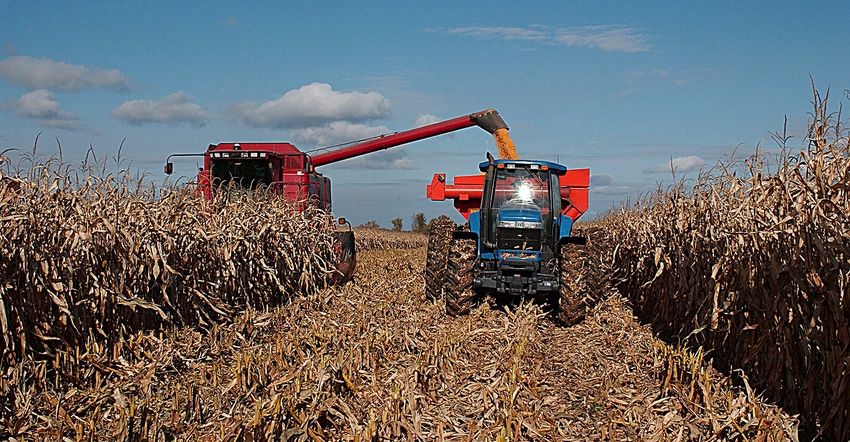
North Dakota has been in the spotlight for having potential to see a dramatic increase in prevent plant acres. It makes sense that a large share of that would come from North Dakota this year with the delayed harvest from last season.
Prevent plant dates vary by crop and region. Deadlines are May 31 for corn and June 10 for soybeans. Estimates have PP acres reaching 1 million acres in North Dakota compared to 850,000 acres last year.
South Dakota was hit the hardest last year with nearly 4 million prevent plant acres followed by Illinois and Ohio with 1.5 million acres each. So far, it does not appear to be a big enough area to warrant change to the pending overall production scenario.
Record number of prevent plant acres
Keep in mind there are 2.5 to 4.5 million acres of PP each year, on average, that come from somewhere. Last year set the record with over 19 million overall prevent plant acres, with 11 million coming from corn, so we are nowhere near that amount.
While North Dakota planting progress is behind schedule, it is picking up steam, planting 21% of its area since last week bringing it to 75% planted, compared to a five-year average of 90%.
On the other hand, South Dakota is off to a much better start with 95% of acres planted compared to 39% last year at this time. This helps to offset the late planting in North Dakota.
There is a similar story for soybeans as North Dakota planting is speeding up, but still behind schedule. The state’s farmers planted an additional 22% of their soybean area last week, reaching 51% planted compared to the five-year average of 80%. Their soybean situation is arguably worse than corn as they had 63% planted last year at this time. But then again, South Dakota more than makes up for it with 80% of its area being planted compared to only having 12% planted this time last year.
Weather watch begins
Traders are becoming increasingly fixated on a weather rally, scrutinizing any excessive dryness or precipitation patterns. There was nothing that came from the week’s crop progress report that could be described as bullish. The bulls are going to push as long as they can while the bears will try and wait them out. Unless something changes, time is on the side of the bears.
Warm weather in the forecast was cause for concern, but we need some of those heat units too if crop roots are going to set down in the soil. We have had warm weather in the forecast, but it has not materialized.
Until the warmer temps take place, crop growth will be relatively stagnant.
On the family farm in Northwest Iowa, we have roughly 11 inches of subsoil moisture stored and ready. It would take an extreme weather event to burn through that, none of which is currently in the forecast.
The corn market is susceptible to bounces like the kind we saw last Friday. It hit light resistance in the $3.30 area. The next level up in resistance is around $3.38. Any rally beyond that point that has any teeth to it, will most likely need some extreme weather beyond normal levels.
The forecast in Iowa shows plenty of 80-degree days, but it also shows scattered thunderstorms as well to help offset the heat.
Soybeans are still sticking to a thirty-cent trading range that began in April. The downward trend is still intact, potentially forming a downward triangle putting pressure on the July $8.30 support area.
This week’s news about China ordering their state companies to avoid purchasing U.S. soybeans and pork supplies will weigh heavily on prices.
Contact Matthew Kruse at 712-227-1110 or email [email protected].
Futures trading involves risk. The risk of loss in trading futures and/or options is substantial and each investor and/or trader must consider whether this is a suitable investment. Past performance is not indicative of future results. Trading advice is based on information taken from trades and statistical services and other sources that CommStock Investments believes to be reliable. We do not guarantee that such information is accurate or complete and it should not be relied upon as such. Trading advice reflects our good faith judgment at a specific time and is subject to change without notice. There is no guarantee that the advice we give will result in profitable trades.
The opinions of the author are not necessarily those of Farm Futures or Farm Progress.
About the Author(s)
You May Also Like






